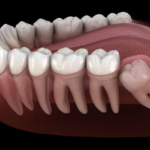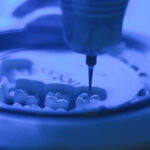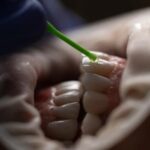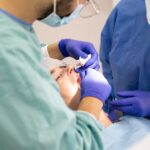Dental crowns are one of the many ways a dentist helps you restore your teeth to their natural state. However, these dental restorations are typically used when a tooth has a large filling exceeding the natural tooth structure.
In addition, a dentist may advise you to get a dental crown if you previously had canal therapy, or a combination of a root canal and dental filling. You can get a dental crown for cosmetic reasons too. For instance, you can get a gold dental crown, for an extra sparkle in your smile.
Here is what you should expect in a typical dental crown procedure.
Dental Crown Procedure
First, the dentists start by applying local anesthetic near the tooth that requires a crown. Even if you’ve had a root canal and the nerve endings in that tooth are dead in a sense, the dentist will still use an anesthetic. The instruments used to get the crown in place come close the gingivitis tissue making anesthetic necessary.
After numbing your gum, the dentist then fabricates the dental crown using the arches of your maxillary and mandibular arches. This is a major step because the crown must match your dental structure to the highest degree.
Depending on the crown chosen, the dentist may also match several aspects of your teeth. For example, if you go with a full ceramic or porcelain fused meal crown (PFM), the dentist must match the color shade of your teeth. However, for other crowns, such as gold crowns, this is not necessary.
While the dentist prepares the crown, the dental assistant works on alginate impressions for both your upper and lower dental arches. These impressions are poured into a mold, to get a stone impression of your teeth. The mold is what the dentist uses to create a precise crown for your teeth.
Nevertheless, since the crown takes quite some time to fabricate, the dentist prepares a temporary crown you can use before the permanent one arrives from the laboratory. He makes a little impression of the teeth in the same area as the tooth that needs a crown, as well as an impression of the opposing arch. These impressions are used to prepare the temporary crown.













